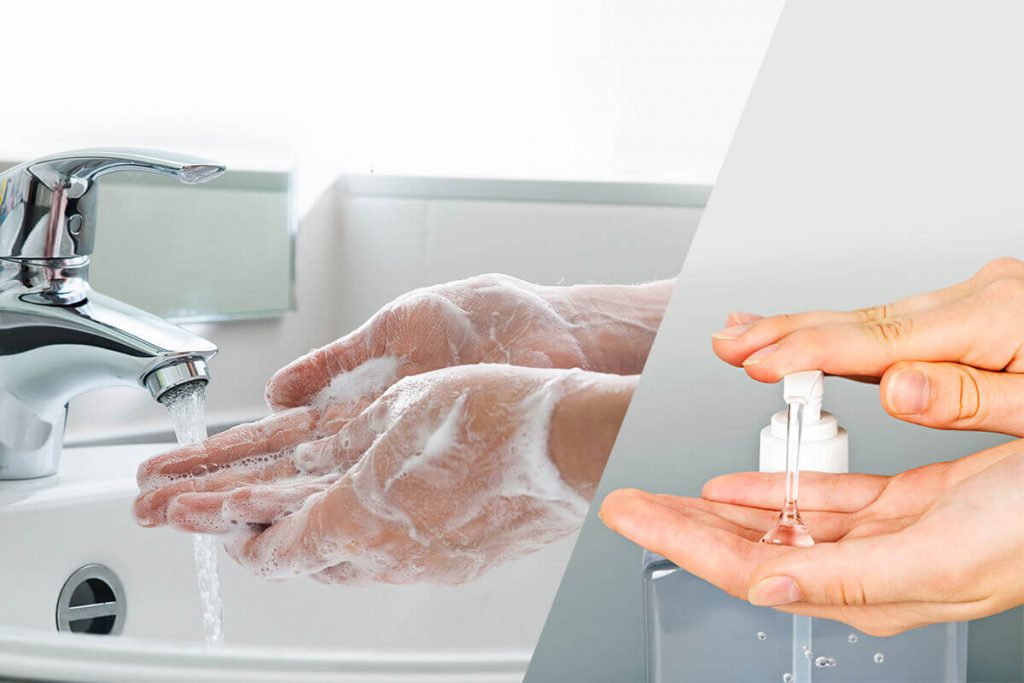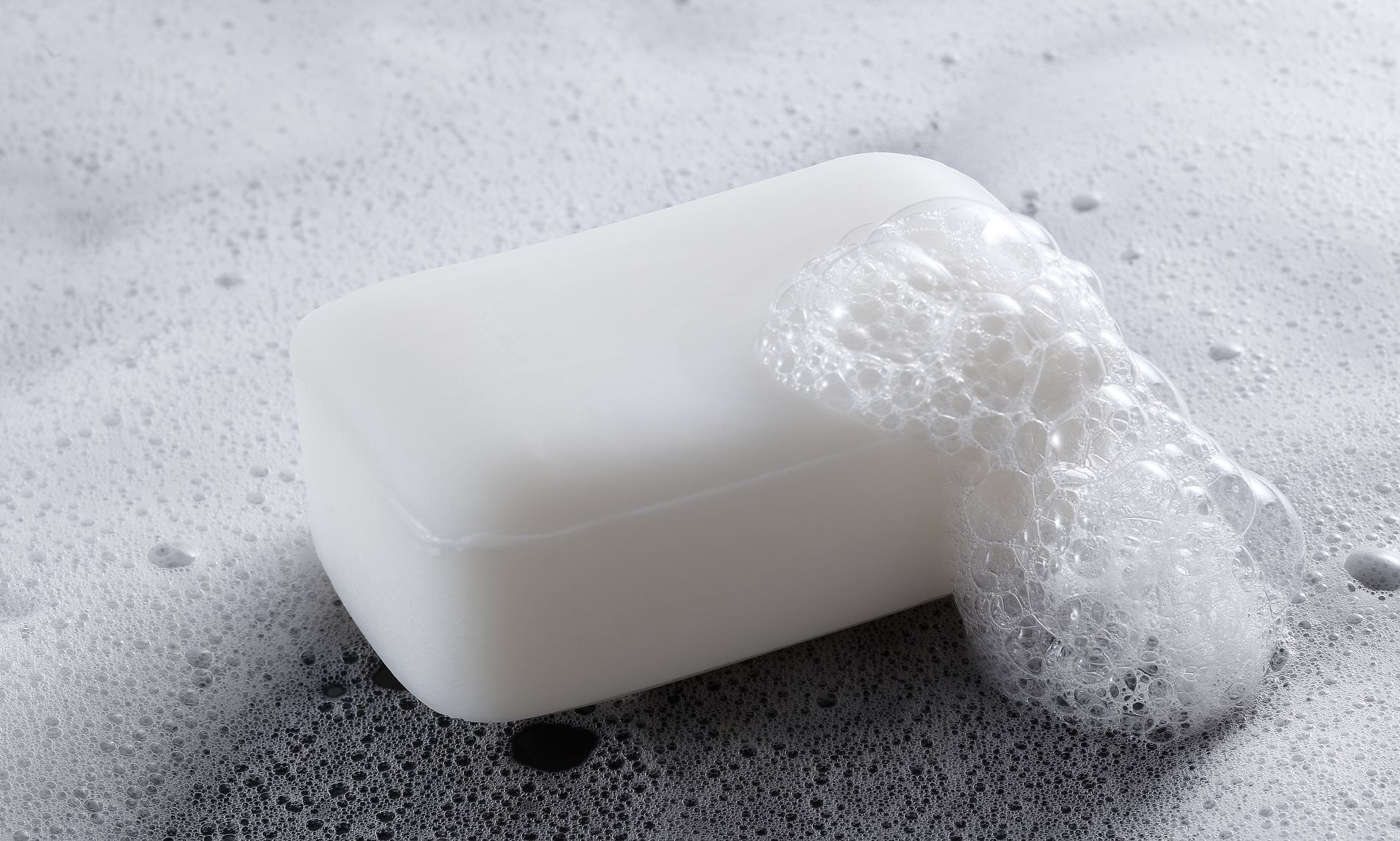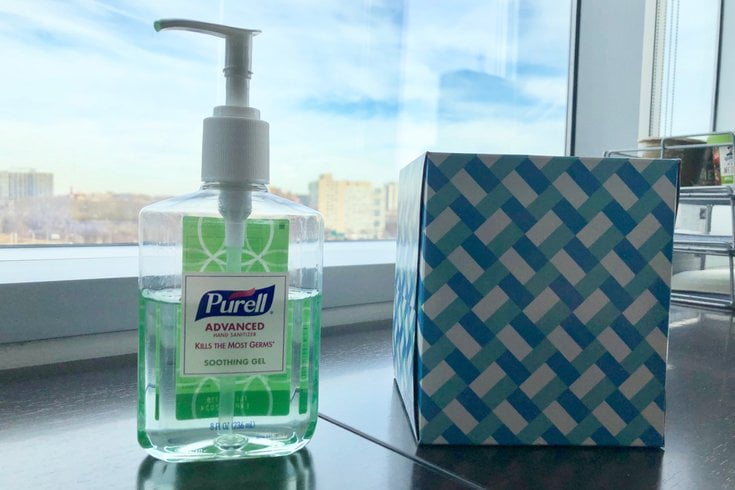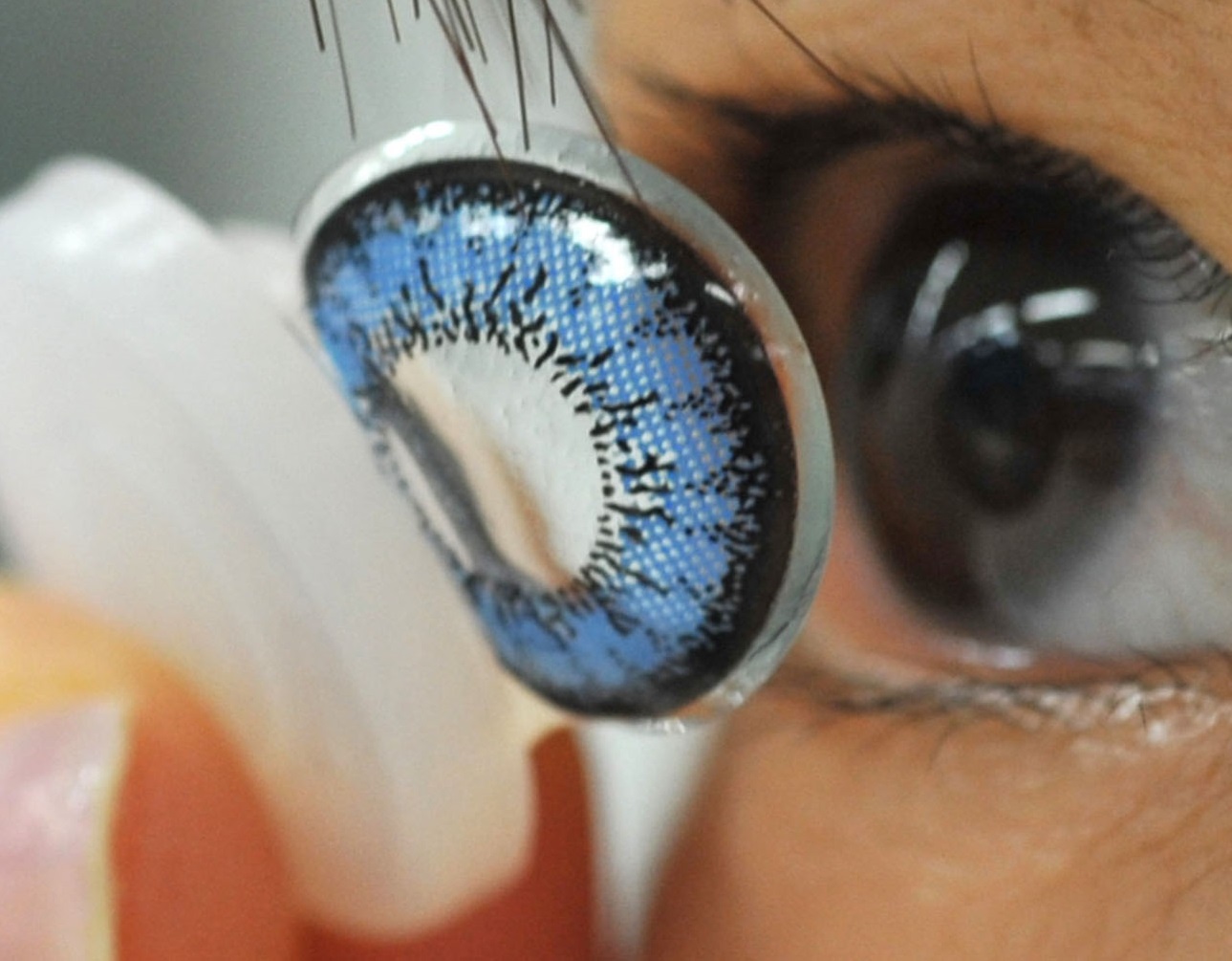By: Areeba Siddiqui
Soap provides effective protection from all pathogens – kills bacteria, removes dirt & oil. On the other hand a sanitizer with over 60% of alcohol-content kill germs but does not clean your hands if they are visibly dirty.

Washing hands thoroughly is important before you touch your contact lenses. With ongoing COVID-19 pandemic, it has become even more crucial to develop a solid habit of disinfecting/washing hands as frequently as possible. Although unfortunately sanitizers have grown scarce, with soap and water you can still continue combating against the deadly virus. There is a thin line consensus among experts about which method is better in killing the virus but CDC clearly states that soap and water wins the race.
COVID-19 spreads with respiratory droplets that may land on to healthy person’s face or hand to be possibly inhaled. Touching surfaces such as plastic, cardboard and steel in a common house-hold setting or close contact with a sick person, could also increase the risk of contracting the viral disease. It is important to repeatedly wash hands with sudsy water in order to annihilate the germs, including COVID-19.
Why Traditional Soap & Water is better than Modern Day Sanitizer?

Molecular Structure of Soap
Soap contains amphiphilic molecules that are both hydrophilic (water-loving) and lipophilic (fat-loving). Due to this molecular structure, viruses are lifted up by soap and actually removed from the surface of hands through water. Before you understand how this happens, it is important to understand what viruses are comprised of.
Viruses need a host to survive and unlike bacteria they can’t reproduce on their own. A virus is basically three things i.e. DNA or RNA that carries the genetic information, a protein case that holds the DNA/RNA information and aids in replication and lastly a lipid outer layer that acts as a mantle (protective barrier for the virus).
Now coming back to soap, washing hands using a soap means you allow its lipid loving molecules to attach itself to the outer membrane of virus that is also made up of lipid. When lipophilic molecules are attracted to virus’s lipid membrane, they break it out and effectively annihilate the virus. Then comes soap’s water loving molecules that then help to lift the virus and wash it off down the drain.
Why Hand Sanitizer is not as effective as Soap & Water?

Not all hand sanitizers are created equal. Non- alcohol sanitizers are nothing but placebo as they are not able to kill the microbes. Some hand sanitizers contain triclosan and other ingredients that leave a slime like or gooey residue which further attracts the microorganisms. As per CDC, hand sanitizer is frequently used in a hospital-setting by medical personnel or where soap & water is not easily available.
As per experts, usually people either don’t use enough quantity of sanitizer or they wipe it off too quickly to let it air-dry. Here is CDC guideline on using hand sanitizer properly. Although sanitizers are portable & convenient, they are unable to remove dirt and debris. Niket Sonpal, a New York-based internist, gastroenterologist, and adjunct professor at Touro College says “The consensus between the CDC and medical professionals alike is that the gold standard for maintaining hand hygiene is proper and consistent washing of the hands”. Sonpal adds that hand sanitizers are effective at neutralizing many microbes, viruses, and bacteria — but not all.
Only sanitizers over 60% of alcohol content are touted for their aggressive nature against viral infections. “When water and soap are not immediately available, hand sanitizers with upwards of 60 percent alcohol are good second alternatives,” Sonpal says.


